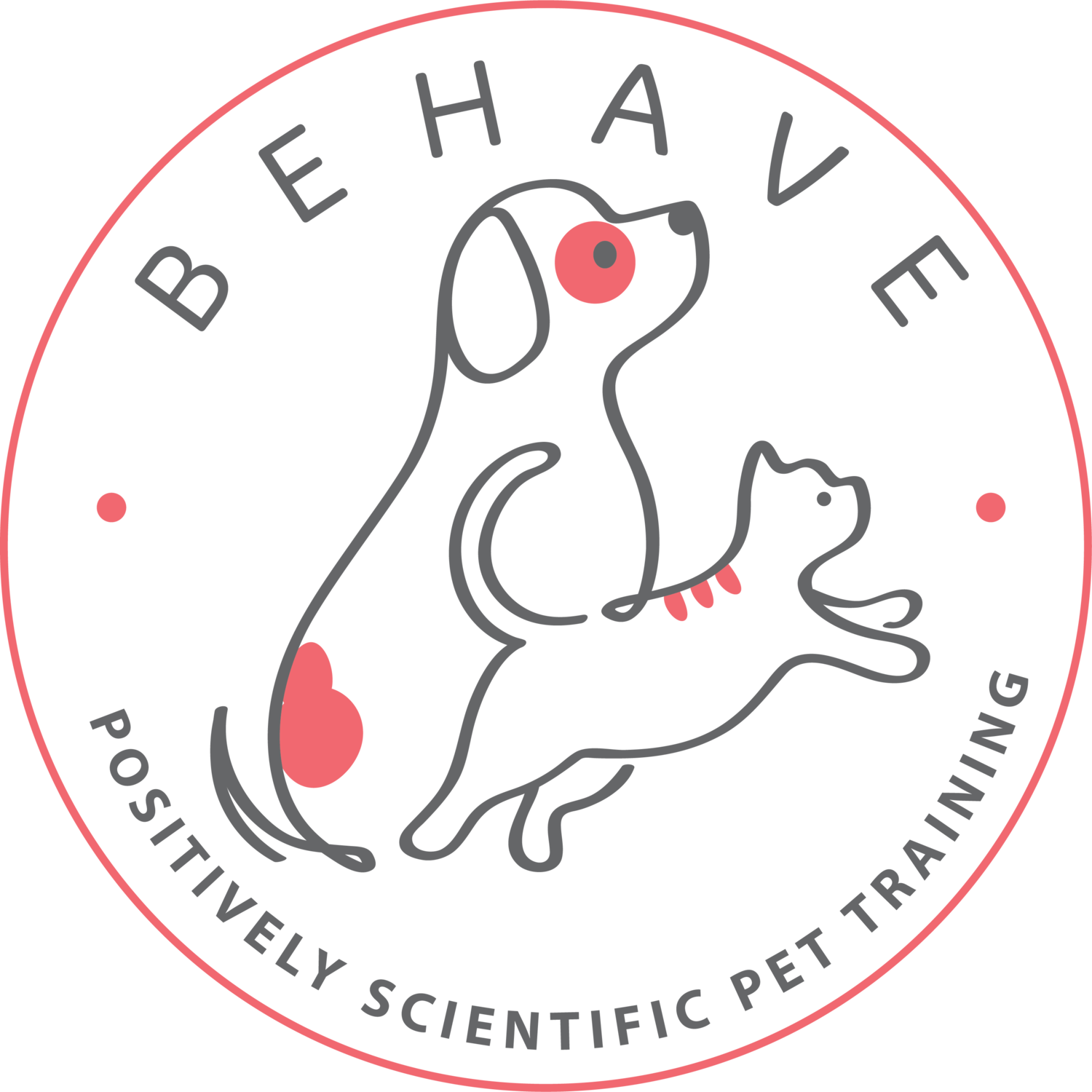Why We Love This:
You know those times when your dog stares at you until you realize there’s a ball under the couch? And you know how when you’re not there they are magically capable of getting it themselves? Dogs have evolved to be able to use us as a tool to solve their problems which is incredible and really makes you feel like a team player. But we also don’t want to be that parent that always does our kid’s homework. Animals need to think and solve puzzles, not just because it's a mental exercise, but because it builds confidence. There’s rarely a consultation these days in which we don’t recommend some kind of puzzle toy for feeding. Using a puzzle toy for meal time can mean several good things for your pet:
They stretch mealtimes from one minute to at least ten. Your dog/cat/bird/gerbil is occupied by something engaging and fun that you don’t need to be a part of (you can work, clean up the kitchen, shower, etc and know your pet is properly entertained by a puzzle toy). Slowing down eating can also help your pet feel full faster, and be less likely to run into digestive issues from eating too quickly.
Puzzle toys are also great workouts- mentally and sometimes physically! Exercising your pet while you just Netflix & Chill is already the dream, but if you have a pet displaying problematic behaviors - puzzle toys are even more valuable. They can drain energy that might otherwise be put towards destruction or anxiety spirals.
Lastly, they allow your pet to engage in species-specific behaviors. There’s a reason people buy pistachios with the shells on even though you can buy them naked. Getting the shells off is fun, and they taste better because you worked for it. Animals evolved to find and then capture, tear, chew, and/or manipulate their food in some way. So not only can it be boring for them to eat out of a bowl, but what do they do with all those unused skills? Unleash them in your home that’s what. I’m looking at you cats-who-stalk-ankles-and-knock-stuff-off-counters. Puzzle toys may look like unnecessary extras for the pet-owner who really wants their pet to be their child, but they're the opposite. They are for the pet owner that wants their dog to be a dog, and cat to be a cat.
And let’s say you’ve tried them but your pet seems disinterested or unsure at first, - help them out by showing them how it works and then sit back. If your pet isn’t trying, switch to a smaller piece of food or some treats that are higher value so they will work harder to get them out. We often discourage our pets from this type of problem solving because we either intervene to help, or we take the item away because it’s something we don’t want them to have. Once they are successful, they will often continue. If your pet tends to be less independent, you may need to start them and then sit with them but not interact and slowly move away. This is a great way to teach your pet to be more independent and do something on their own.
Rory has spent countless hours eating his food out of these treat dispensers and there is no doubt in my mind that he wouldn’t trade in a single one!
Here are a few of our favorites:
Starmark Treat Dispensing Chewball

